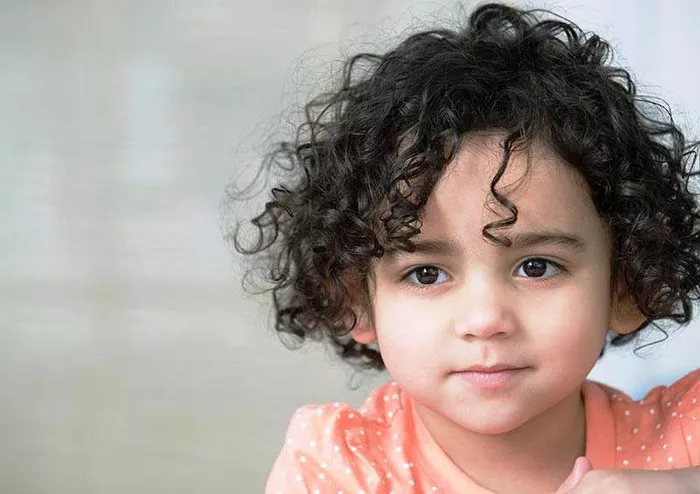Curly hair in children can be a delightful and charming feature. However, managing and styling those curls can sometimes be a challenge. It’s essential to understand how to care for and style curly hair properly to keep it healthy and looking its best. In this article, we will explore a range of tips for managing curly hair in kids to help parents and caregivers navigate this unique hair type. Whether your child has loose waves or tight coils, these tips will make managing and styling their curls a breeze.
1. Understanding Curly Hair
To effectively care for curly hair, it’s essential to understand its unique characteristics. Curly hair is often drier than straight hair because the natural oils produced by the scalp have a harder time traveling down the spiral strands. As a result, moisture and hydration are crucial for maintaining healthy curls.
2. Shampoo Sparingly
Over-shampooing can strip curly hair of its natural oils, leading to dryness and frizz. Limit shampooing to once or twice a week, or as needed. Use a sulfate-free and hydrating shampoo to prevent excessive dryness.
3. Condition, Condition, Condition
Conditioning is key for curly hair. Use a rich and moisturizing conditioner after each shampoo. Leave-in conditioners and detangling sprays are also helpful for keeping curls soft and manageable.
4. Detangling with Care
Curly hair can be prone to tangles, but vigorous brushing or combing can lead to breakage. Use a wide-toothed comb or a detangling brush to work through knots gently. Start at the tips and work your way up to the roots.
5. Avoid Heat Styling
Curly hair can be sensitive to heat, so it’s best to avoid using heat styling tools as much as possible. If you must use heat, apply a heat protectant to shield the hair from damage.
6. Pineapple Method for Sleep
To maintain curl definition and reduce frizz, try the “pineapple” method. Gather the hair into a loose, high ponytail or bun before bedtime. This will help preserve the curls while preventing friction against the pillow.
7. Use Silk or Satin Pillowcases
Cotton pillowcases can absorb moisture from curly hair and cause friction, leading to frizz and breakage. Switch to silk or satin pillowcases, which are gentler on curls and help retain moisture.
8. Hydrate and Maintain a Healthy Diet
A well-balanced diet with plenty of water and essential nutrients is essential for overall hair health. Ensure your child is properly hydrated and receiving nutrients like biotin and vitamins A, C, D, and E.
9. Choose the Right Hair Accessories
Opt for hair accessories that are gentle on curls. Soft and snag-free hair ties and clips are excellent choices. Avoid tight elastics or accessories that can pull on the hair.
Hair Care FAQs for Curly-Haired Kids
1. My child’s curls are always frizzy. What can I do to reduce frizz?
Using a moisturizing conditioner, a leave-in conditioner, and a microfiber towel for drying can help reduce frizz. Avoid rubbing the hair vigorously with a regular towel.
2. Can I use regular shampoo and conditioner for my child’s curly hair?
It’s best to use products designed for curly hair. Look for sulfate-free and hydrating options that specifically cater to the needs of curls.
3. What’s the best way to style my child’s curly hair for a special occasion?
Consider loose and natural styles that accentuate the curls. You can add a cute hair accessory or simply let the curls shine.
4. How can I teach my child to love and embrace their curls?
Encourage your child to embrace their natural beauty by complimenting their curls and helping them understand that curls are unique and wonderful.
5. What are the common mistakes to avoid when caring for curly hair?
Avoid over-shampooing, using harsh hair products, excessive heat styling, and tight hairstyles that can damage or flatten the curls.
In conclusion, curly hair in children is a unique and beautiful feature that, with the right care, can be healthy and manageable. These tips for managing and styling curly hair will help parents and caregivers ensure that their child’s curls are soft, defined, and full of life. Remember that each child’s hair is unique, so you may need to adapt these tips to suit their specific curl type and needs.

